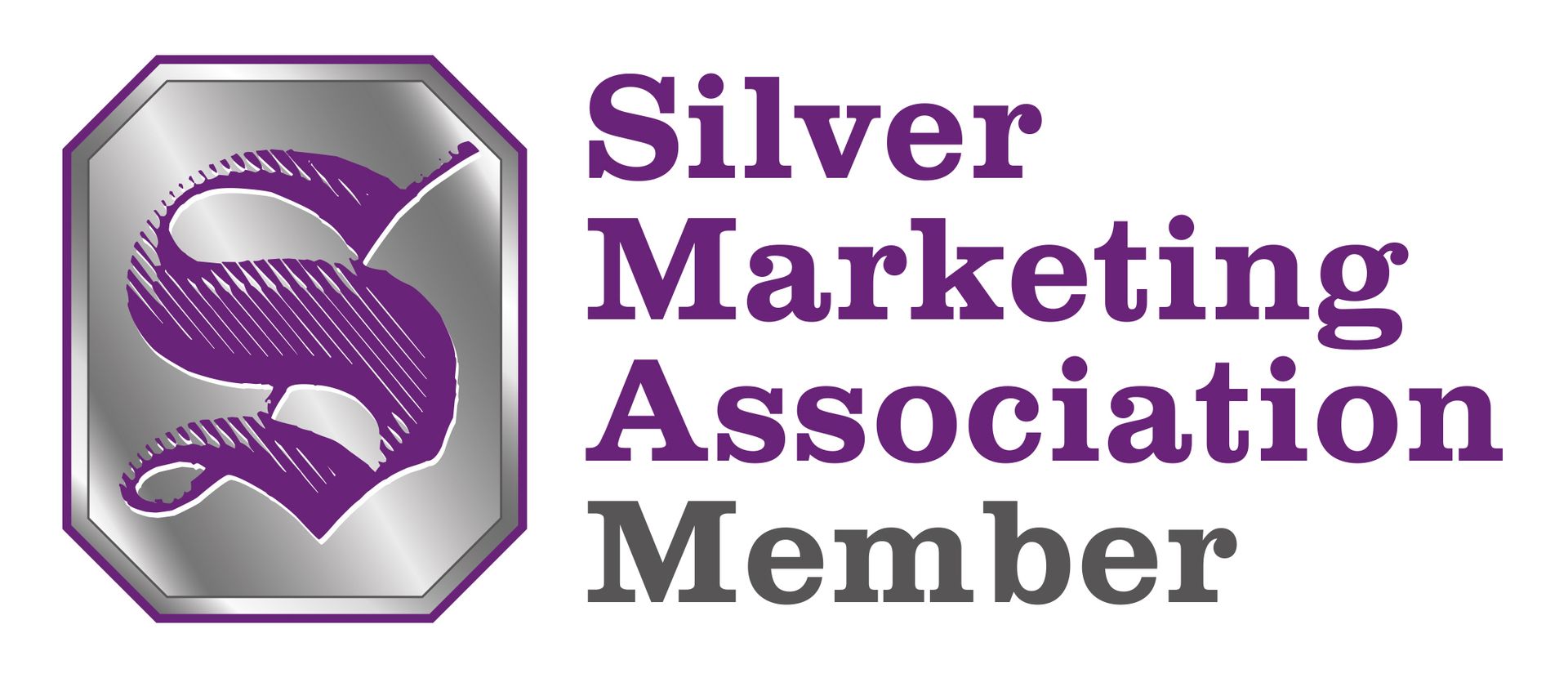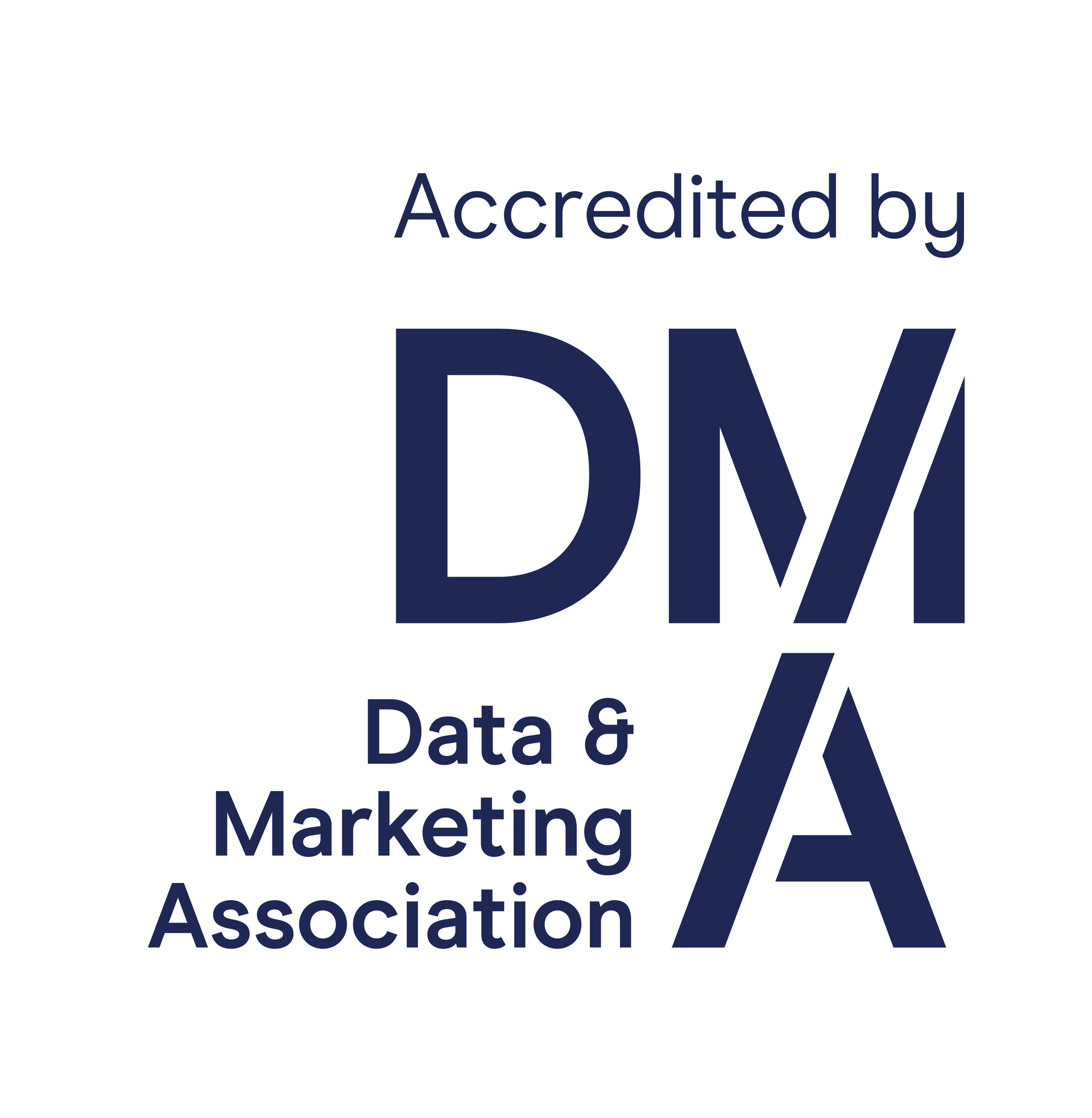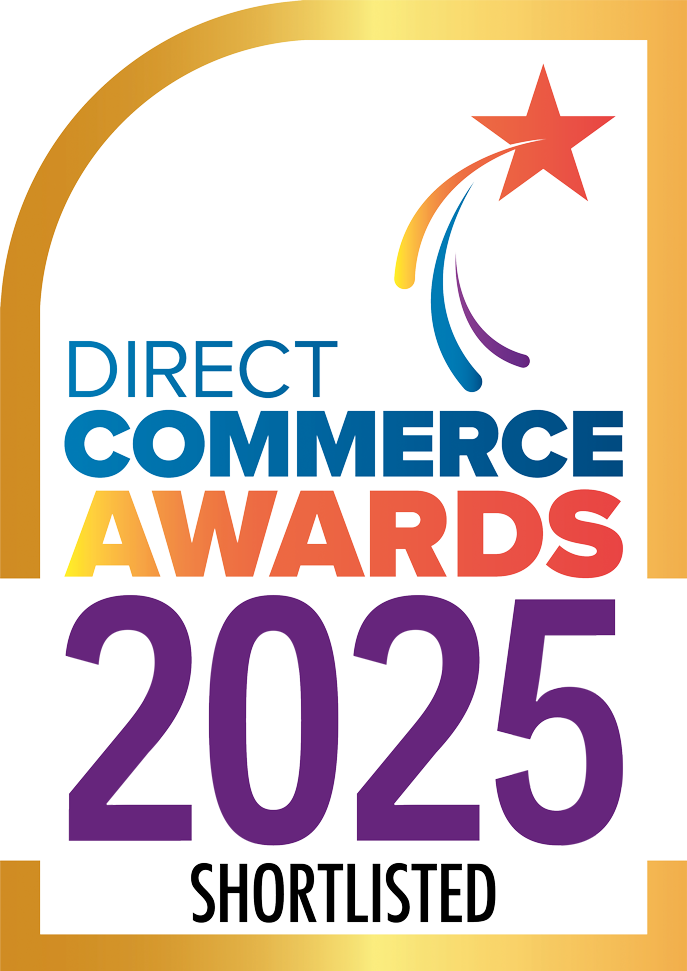12 lessons in addressable marketing
We’ve seen first-hand how powerful addressable campaigns can be – when they’re built on the right foundations.
That’s why our co-founder, Rachel Hall, has pulled together 12 practical lessons from years of experience in helping brands use addressable media to drive meaningful results.
📜
1. Start with a commercial brief
Understand the economics of what you’re trying to achieve. How many customers do you need to acquire? What churn or retention rates are realistic? What’s your target cost per acquisition? Map the data you already have – and consider what additional sources could fill the gaps.
🔍
2. Leverage first-party data
Your customer data is one of your most valuable tools. Use it to identify your most profitable customer groups, size the opportunity, and pinpoint where to find lookalikes. Pay attention to how these dynamics vary by region.
🎯
3. Understand the target audience
Go beyond demographics. Dig into behaviours, needs, preferences, and purchase patterns. The better your understanding, the more relevant and effective your campaign will be.
🌍
4. Know your geography
Look at where your current and potential customers are located – right down to postcode sector level. Factor in store locations, distribution networks, and localised differences in audience or media effectiveness.
📈
5. Define your campaign objectives
Be clear about what you want to achieve and how addressable media can support broader business goals. Think about how your activity can be designed to meet more than one objective at once.
🔄
6. Embrace full-funnel strategies
Today’s consumers engage across multiple touchpoints. An addressable approach should span the full journey – from TV and mobile to digital out-of-home and in-store – to maximise impact.
🎯
7. Be consistent and precise in targeting execution
Building audiences (especially lookalikes) requires rigour and consistency. Make sure your targeting methodology is clearly defined and applied across all platforms.
📊
8. Measure what matters
Don’t just chase channel-level metrics. Your own data – showing uplift in sales, orders, or customer acquisition – will be the most meaningful proof of success.
🎨
9. Have an addressable creative strategy
Creative should be shaped by your audience insight. Plan your production carefully to get the most from your assets, and ensure messaging is tailored and relevant.
💻
10. Understand how digital media (really) delivers
Be sceptical of inflated claims. Know what each channel is actually delivering, how accurate the measurement is, and what sits behind the numbers.
🔎
11. Keep informed of new opportunities
The media landscape is evolving fast. Build relationships with media owners, stay close to innovation, and don’t be afraid to test something new – being early in can be a competitive advantage.
🚀
12. Explore the possibilities and use cases
Addressable can support a wide range of business needs, including:
• Defined audience + geography campaigns
• Store support and driving local sales
• Upweighting to key segments
• Product or channel testing
• Expanding distribution
• Growing from single to multi-channel
• Launching brands on tight budgets
• Stretching limited marketing budgets
• Quick-turnaround activations
If you'd like to chat more about how to apply these in your business, we’re always up for a conversation.














